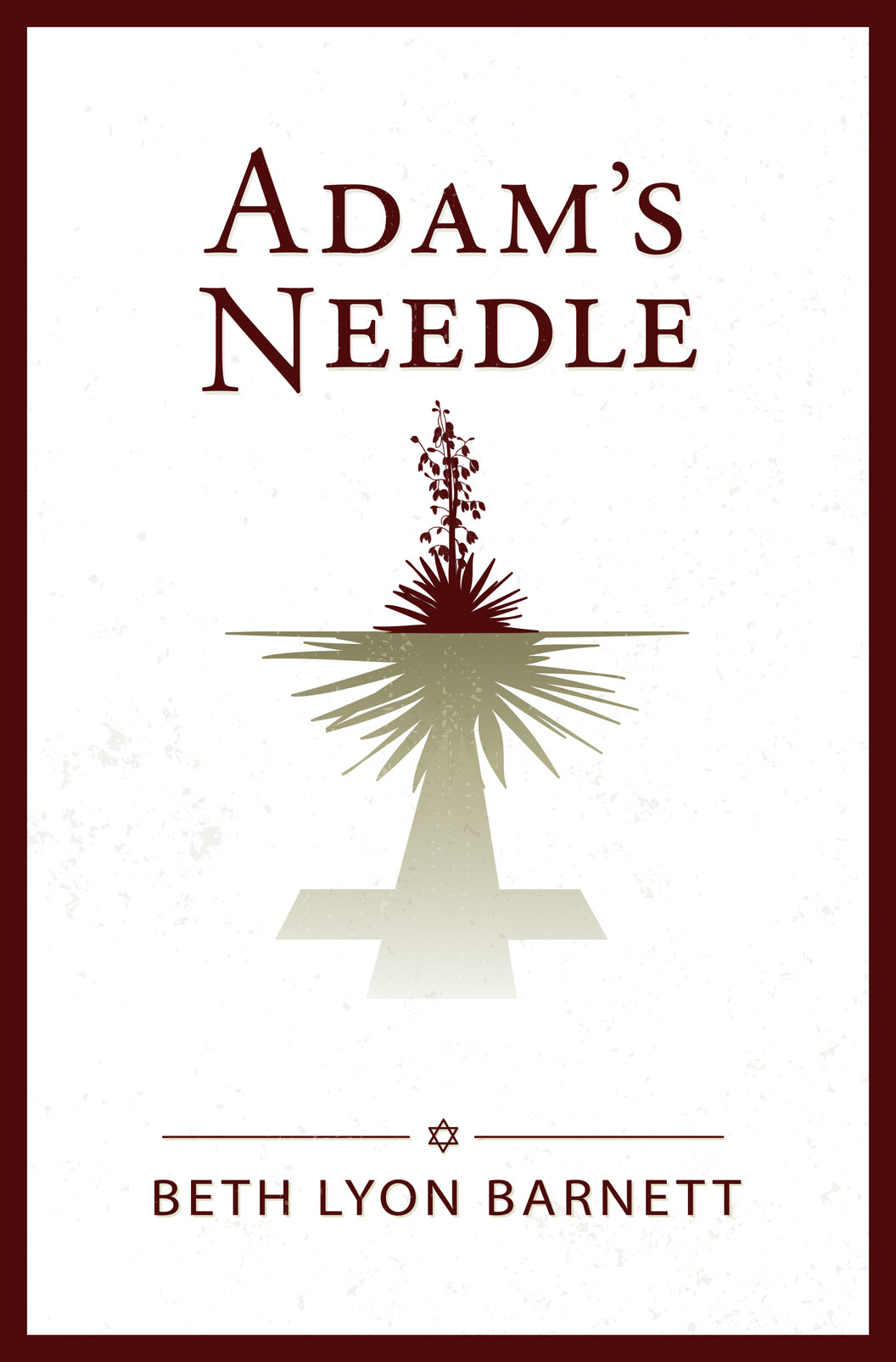Pinky says: VASARI ON MY MIND
Every time I pick up an article about the art of the high Renaissance, I am confronted with one name, that of Georgio Vasari. Almost all of the articles couple his name with the information that he was not much as a painter, that his importance lies with his direct knowledge of and presence during the times of the lives of the greatest painters of the western world. His words explaining the laborious mechanics of painting are painstakingly quoted somewhere in some art history class every day. It is unfortunate for Vasari that in Florence during the 16th century, the overwhelming magnitude of the contributions to world art by the painters Michelangelo and Raphael place Vasari’s work as second string. What we propose to do today is not to place his work with these astounding artists, but rather to reconsider his contributions in selecting the artists worthy of celebration from that period, names which have stood for the last 500 years, and to discuss current incidents concerning Vasari’s archive.
Vasari’s fame stems from his work as the first Italian art historian. Cardinal Farnese asked Vasari to assemble “a catalogue of artists and their works, listed in chronological order” which he did with his “Lives of the Most Eminent Painters, Sculptors, and Architects” and which he dedicated to the great art benefactor Cosimo de Medici. Included in this work was a valuable complex treatise on the technical methods used in the arts. Vasari amassed a considerable fortune from his work. He was also a principal in forming the Accademia in Florence. He then rose high in the government of Arezzo, his native city, and he built a fine house where he kept a complete archive, and original papers and printings of his works. Many of these documents are the only original papers from the period and while they are sometimes just amusing gossip of the High Renaissance and Mannerist times, they often have the ring of truth to them. He noted for instance that Florentine artists excelled because they were hungry and they were hungry because their fierce competition with one another for commissions kept them hungry.
Ownership of his house and archive were transferred to a charitable foundation in 1678, after the death of his last descendant. One of the executors of the estate was a Senator Spinelli; he deposited the Vasari papers in his palazzo in Florence together with his own family’s archive. Buried among the enormous Spinelli holdings, the Vasari papers were forgotten for centuries. Then in 1908 they were rediscovered. The finding of the Vasari papers not only gave new impetus to Vasari scholarship, but also brought public attention to the artist’s legacy. In 1915, the Italian state purchased Vasari’s house in Arezzo and turned it into a museum. In 1925, Count Spinelli gave the new museum 29 volumes of Vasari documents which included drawings and sonnets, 17 letters written by Michelangelo, as well as Vasari’s correspondence with Cosimo de Medici, Amerigo Vespucci, and Pietro Aretino, all on permanent loan to the museum. The Spinelli family retained ownership of the archive, but in 1985 the property was transferred to Count Festari, who tried to contest the archive’s status as a permanent loan but was unsuccessful.
Then in 2010, the mayor of Arezzo received a letter from the superintendent of the Tuscan archives stating that the archive of Vasari was being sold by Count Festari. The buyer was a Russian company that had offered about $225,000,000 for the archive. The mayor had 90 days, according to law, to block the sale by making a counter offer. It was a surreal situation. The Russian bid was more than 5 times the annual budget of Arezzo. A counter offer could only be regarded as a joke. The possibility that the archive of Arezzo’s most illustrious son might leave Italy was both shocking and terrifying. Arezzo was already planning to celebrate the 500th anniversary of his birth the following year. The mayor could only send an urgent plea to Prime Minister Berlusconi of Italy and an appeal to Prime Minister Putin of Russia. While most people were outraged at the prospect of a sale, others, including a former culture minister, claimed that the documents were worth only a fraction of the sum offered by the Russians and charged that the whole affair was no more than a prank intended to persuade the state to buy the archive.
However there was this mysterious buyer for the archive. Count Festari’s lawyers sent the superintendent of Tuscan archives notification that a deal had been made for the sale. But then the buyer, a Russian company known as the Ross Group, announced that it was canceling the transaction. It seems that their representative, Stepanov, had been acting for a friend, an unidentified oligarch of Armenian descent living in Siberia. This oligarch was so rich that 150,000,000 Euros “meant nothing to him,” but the oligarch had been killed in a traffic accident in September 2010. Thus the deal was null and void. Suspicious Italian officials could find no evidence of the sudden death of an oligarch. And Stepanov had signed an irrevocable bid for the archive, which placed certain obligations on the Ross Group. Further investigation found that the main business of the Ross group is the construction of provincial shopping malls; they are not major players in the Russian economy. And there is no Armenian Siberian oligarch in sight on the list of Russian billionaires. Did the oligarch really exist? Why had he not dealt with Sotheby or Christie rather than an obscure shopping mall company?
Now to confound the situation, Arezzo newspapers claim that Yale University’s Beineke Rare Book and Manuscript Library was prepared to pay $75,000,000 for the archive. The newspaper report said that Yale holds a part of the archive already and wanted control of the rest even if the material cannot be moved to New Haven. Yale acquired the Spinelli family archive in 1988. It is the largest trove of Italian Renaissance material outside Italy; it contains 150,000 documents and covers 500 years of family history. Among these papers are Vasari documents that were not found in 1908 or transferred to Arezzo in 1925. Perhaps they had been lost in the disorderly Spinelli hoard, or perhaps they had been retained deliberately because they included material relating to Senator Spinelli’s role as executor of Vasari’s will. In the Spinelli archive, the volumes of Vasari documents were numbered 34 through 66. The Beinecke Library owns volumes 34, 35, and 66. It is here that Vasari documents have been found which include Vasari’s will and a list of paintings and works of art in his possession. Could there be any more confusion to arrive on the scene? Well, Count Festari recently died and his four sons are his heirs. Thus Francesco, Antonio, Tommaso, and Leonardo Festari have announced that they intend to investigate how part of the archive disappeared in the ’80s. According to Alberto Marchetti, the family’s lawyer, certain papers that vanished from the archive made their way to a respected American university–it is obvious that he was referring to Yale. He also stated that Festari’s heirs were prepared to take action to recover their property. Yale has advised that the university knew nothing about any legal action involving their Vasari archive.
Now just exactly where does all this leave us and Vasari? In all probability, the Russian bid of an oligarch was fraudulent or part of a poorly planned venture in publicizing the proposed Vasari anniversary celebration. In a way, the scheme has had a degree of success. The bid for the documents by Yale may well have been valid at one time, but Yale is now committed to a number of other expensive projects, including funding the college education of local New Haven students deserving of aid. Buying an archive which could never leave Italy does not seem like a realistic venture in this day of academic economic belt tightening. As to the Festaris — they are just trying to eke a living out of their position as heirs to the Vasari archive. Lawyers have suggested that the Festaris want to organize an international exhibition of the highlights of the archive and use the Vasari brand name for commercial purposes. None of these rather humorous attempts to profit from the archive have been successful. Nor does it elevate Vasari as a painter; he remains an observer of art of the 16th century. But it does bring his writings to a more prominent place in today’s constant search and examination of the period. It was Vasari who coined the term Mannerist, who founded the Accademia, who brings lucid commentary on technique, and whose canon of the Italian Renaissance endures as the standard to this day of continuing influence on popular perceptions of European painting during the Renaissance. To read Vasari today is to experience the life and times of Piero della Francesco, Filippo Lippi, Verrochio, Fra Angelico, Mantegna, Leonardo, Raphael, Titian, Georgioni, Corregio, Michelangelo and Tintoretto. Welcome back to the limelight and the land of lawsuits, Georgio!


Leave a Reply